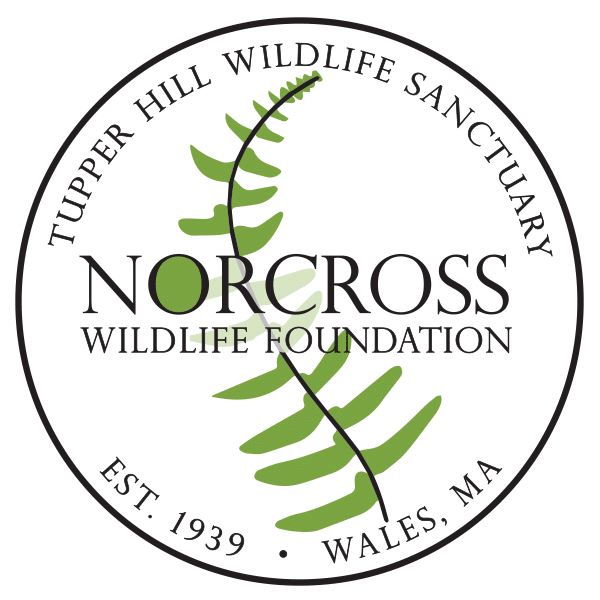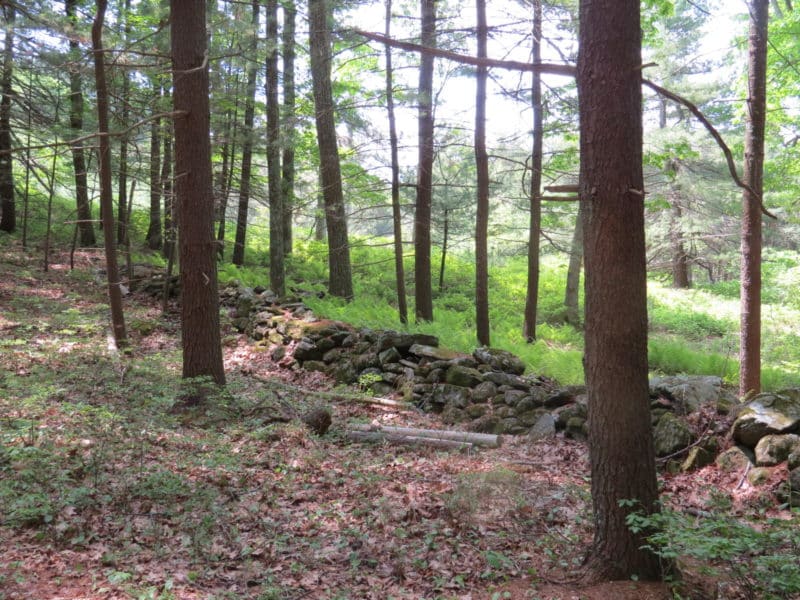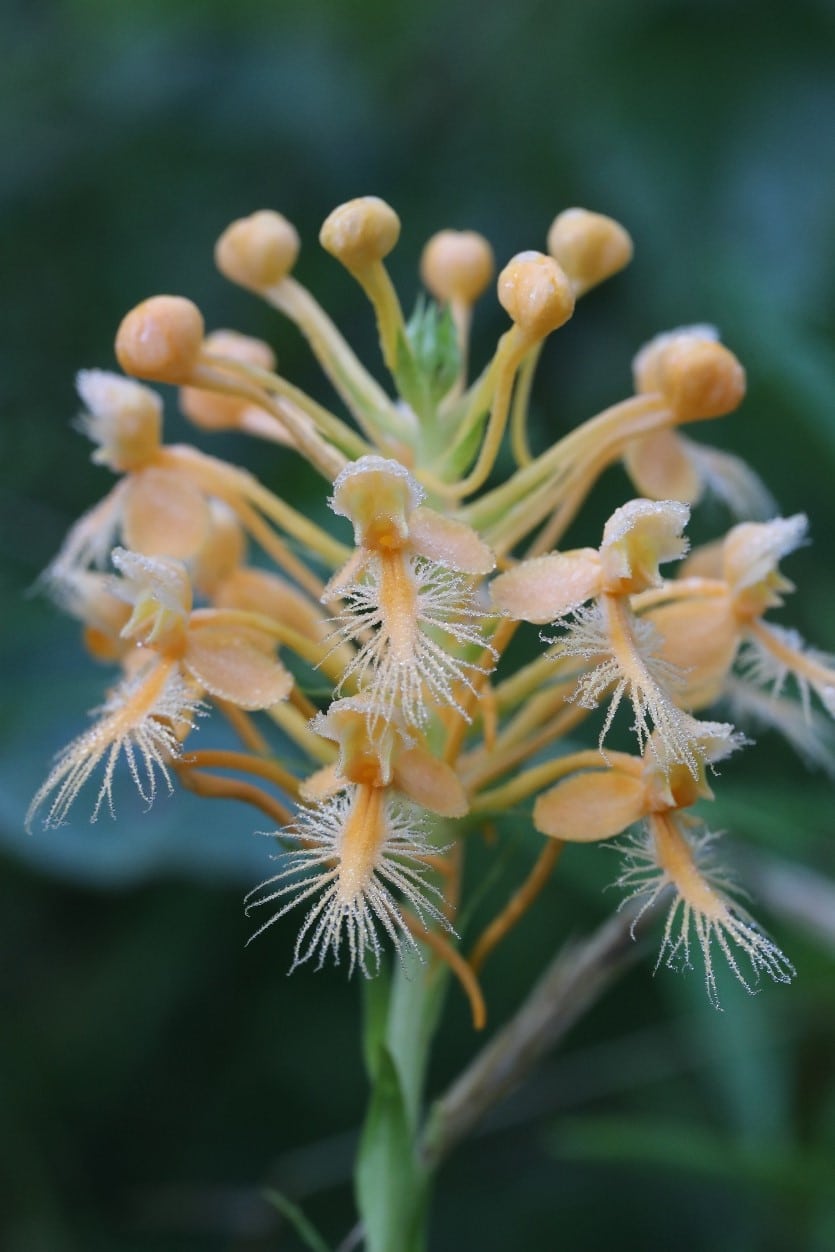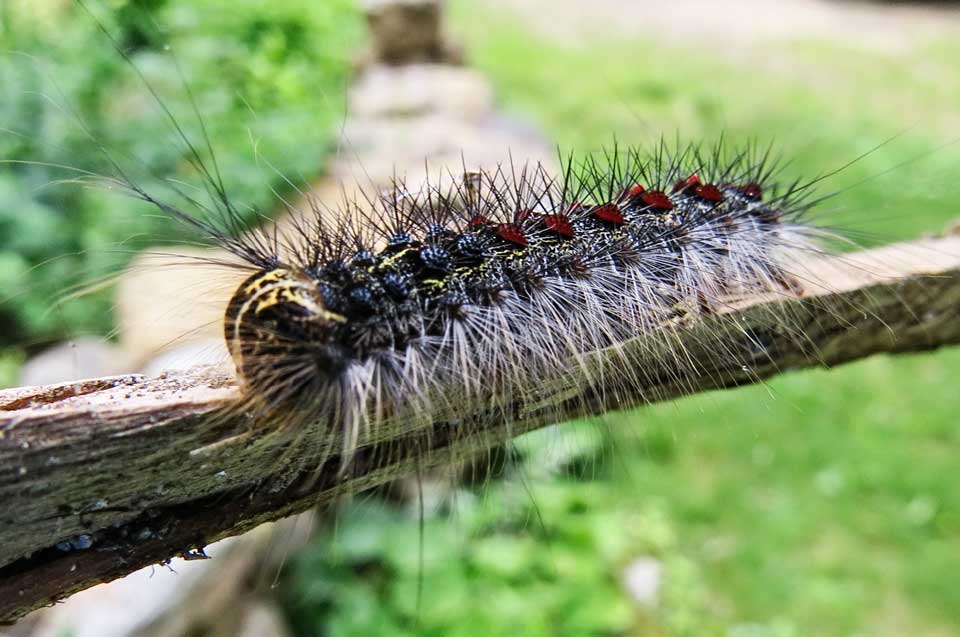Rare Species Require Rare Habitats. What Can You Do?
Did you know that roughly half of the endangered terrestrial species in our region make their homes in fire-adapted ecosystems; or that bobolink need a minimum of 10 acres of open grass-dominated habitat to nest? Supporting at-risk species requires a holistic approach, we must look not only at the species in question but also to its greater habitat needs. Evaluating habitat characteristics means looking not only at simple species interactions but at the ecosystem as a whole.
Though rules that apply to living organisms always have exceptions this one is reasonably accurate – the larger the animal the larger the habitat needs. From a scale point of view, it’s easier to build habitat for bees than it is for wolves. Working to support bee populations is a great starting point for many. There are good general rules: ensuring adequate blooms throughout the growing season, providing clear sources of accessible water, good winter habitat and nest sites. These recommendations will benefit just 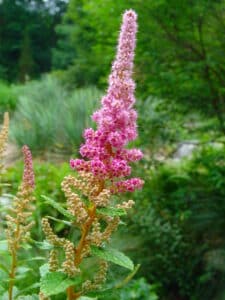
The idea that a plant must be endemic, native to the immediate region, to be valuable is not nearly as exacting as first thought. This is not to be construed as an excuse to start planting Georgia-native species in Massachusetts, but plants such as the shrubby St. John’s wort (Hypericum prolificum) cause us to question previous notions. This species naturally occurs in PA, NY, and NJ but is considered ‘introduced’ (not endemic) in New England. Yet here in New England the plant is an ecological powerhouse, supporting huge numbers of native bees including the at-risk yellow-banded bumblebee (Bombus terricola). 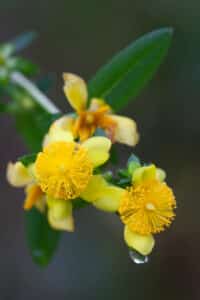
Another genus that doesn’t get nearly as much attention as it should are native roses. Forget the non-native hybrid tea roses that require huge amounts of work only to reward gardeners with thorn-filled fingers and leaves covered in blackspot and aphids. Many of our native roses are tolerant of nutrient-poor sites and whose fruit production and great fall foliage color provide as much landscape interest as do the flowers. A personal favorite would be Carolina rose (Rosa caroliniana), it makes a fantastic wild hedge or a great colonizing species for steep slopes. In addition to being a great pollen source for the two previously-mentioned at-risk bumblebees it also seems to make a particularly good food source for the golden northern bumble bee (Bombus fervidus). These species and the bee interactions come from the work of Dr. Robert Gegear and his students and more information is available via his website at https://gegearlab.weebly.com/plant-list.html
We have provided some great examples for small scale species and plantings, but larger animals require more space, species like bobolink, whippoorwill, and wood turtles need more habitat than a home-landscapes alone will provide. For many of these species patterns begin to emerge as we look at their habitat needs: The Frosted Elfin (Callophrys irus) makes its home in heath/grassy openings in pitch pine barrens. One of the best places to look for the New England cottontail is under powerline cuts and on a good summer night I fall asleep listening to whippoorwills in my woods which were hit by a tornado 12 years ago. The linking factor for these three examples is disturbance. Disturbance on the landscape can be a phenomenal driver for unique habitats. That’s a very broad statement and there are clear differences between a new housing development and the actions of a beaver or the weather, but some of our most important habitats are caused by fires, tornadoes, hurricanes and when done correctly, professionals can replicate disturbance as well. Ten years ago I would never have imagined myself cutting down trees to build wildlife habitat but young forests (often referred to as early successional forests) are greatly lacking in our region. In the right locations, cutting trees and forest stewardship is part of what is happening at the Norcross Wildlife Sanctuary. With a larger landscape to work in and by selecting appropriate areas to return to early successional habitat our work is providing habitat for numerous at-risk species such as the chestnut-sided warbler. For more information check out the 2015 State Wildlife Action Plan (SWAP), which lists out those habitats that support the greatest numbers of species of greatest conservation need (SGCN).
Supporting at-risk species requires a holistic approach. In suburban and urban landscapes, partnering with neighbors can create a larger impact on habitat. Examining the clues of the natural landscape can help guide decisions on whether to plant trees or expand the herbaceous/shrub community. For landscape professionals it provides an opportunity to drive restoration of habitats in new ways, examining and supporting larger landscape complexes. People who are ecologically minded think both locally, by planting native species and engaging with their community, and regionally by becoming involved in regional conservation organizations. Support your local land trust (I’ve got a soft spot for Opacum Land Trust that does some amazing work in the south-central MA region)! Seek information from regional conservation groups such as The Nature Conservancy (Provide data-based maps for rare species and habitats); Mass. Audubon (Forestry for the Birds program); or Native Plant Trust (become a PCV, ask for Michael Piantedosi); all these organization play a role to conserve the sort of species that require special places. In south-central Massachusetts, Norcross Wildlife Foundation is collaborating with all these organizations and more to create habitat for a diverse set of species. Selecting the right location to disturb vs. maintaining large forest blocks is a part of the critical thinking involved in restoring and preserving our varied wildlife. We welcome visitors to see what is happening to facilitate habitat for at-risk wildlife.
Dan Wilder
Director of Applied Ecology
Norcross Wildlife Foundation
12/1/2022
